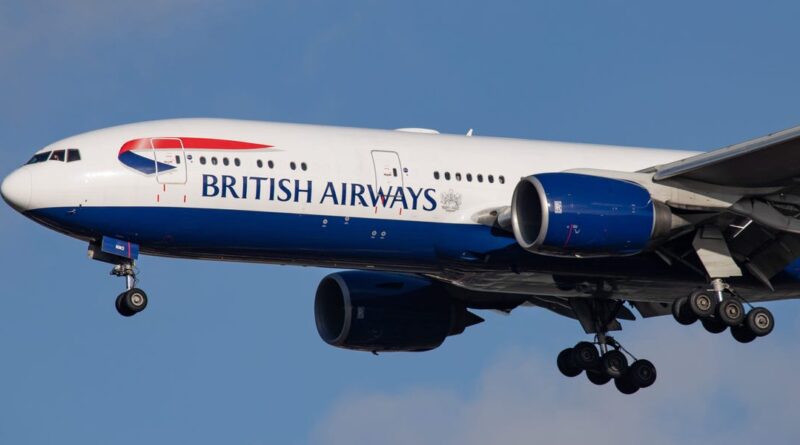A London-bound flight diverted to Boston after a possible bird strike and fumes in the cabin
Passengers expecting to cross the Atlantic Ocean only made it as far as Boston after it diverted a possible bird strike and fumes in the cabin.
Saturday’s British Airways Flight 216 took off from Dulles International Airport near Washington, DC, for London. While ascending, the Boeing 777 appeared to hit a bird, and the crew reported fumes in the cabin.
Data from Flightradar24 shows that the plane was only in the air for an hour as it followed the US’s eastern coastline north to Massachusetts.
The flight from Washington to London typically takes up to seven hours.
“British Airways Flight 216 landed safely at Boston Logan International Airport around 7:30 p.m. local time on Saturday, April 26, after the crew reported a possible bird strike and fumes in the cabin,” the Federal Aviation Administration said in a statement.
The agency added that it would investigate the incident.
G-STBD, the aircraft involved in the incident, took off from Boston on Sunday night, around 27 hours after landing. It landed in London at around 10 a.m. local time on Monday.
A British Airways spokesperson told BI: “The flight landed safely after diverting to Boston as a precaution following a suspected bird strike. We are sorry for the delay to our customers’ travel plans, but the safety of our customers and crew is always our priority.”
Bird strikes pose a great risk to flights.
The best-known example is “Miracle on the Hudson” in 2009, when Captain Chesley “Sully” Sullenberger landed an Airbus A320 on the Hudson River after a bird strike knocked out both engines.
Last November, a Flair Airlines plane also encountered a flock of geeseshattering its windshield and leaving glass in the cockpit. Flight-tracking data showed the plane, registered as C-FLKO, flew to Pinal Airpark — a storage, maintenance, and repair facility in Arizona.
There were 19,400 wildlife strikes at 713 US airports in 2023, per the FAA.
Each year, bird strikes cost US airlines an estimated $1.2 billion, much of which results from knock-on effects on flight schedules.

